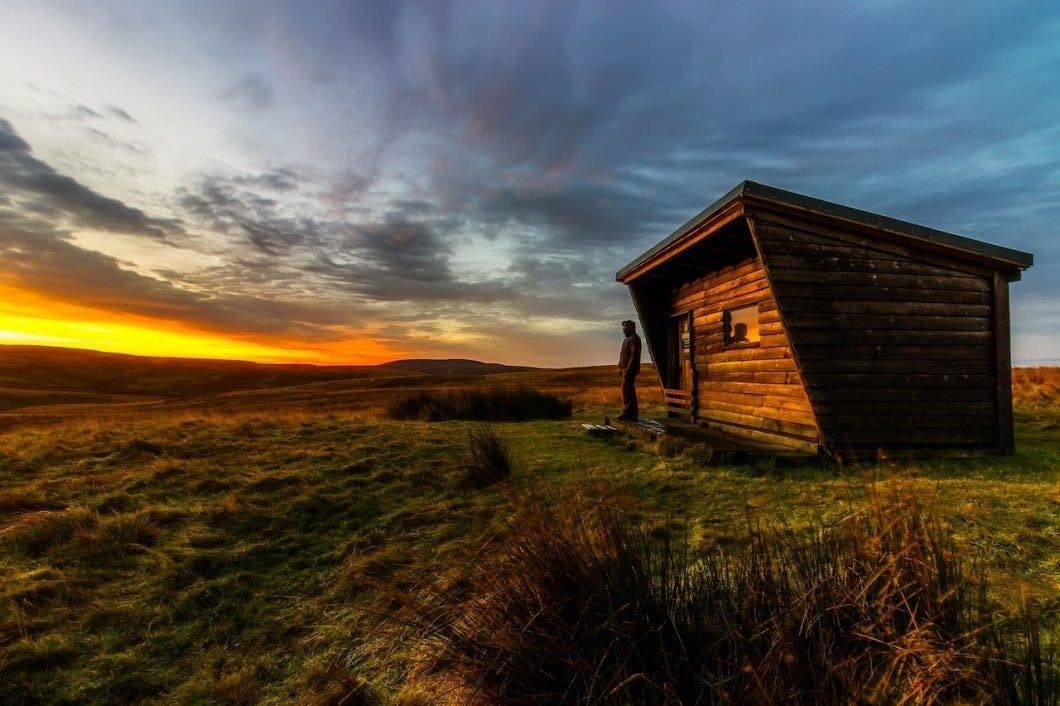Tiny homes have seen a surge in popularity over the last several years. Some people are using them to downsize after retiring, while others just want to live a more simplistic life. For many, tiny house living is a way to get “off the grid” and spend more time in nature.
For people with disabilities, however, tiny homes may offer even more benefits.
Let’s face it, sometimes it can feel as though the world wasn’t “built” for people who live with disabilities. It can be hard enough to find accessibility in public places. But, if you were recently injured and have mobility issues or you’ve dealt with them your whole life, sometimes your own home can even feel inaccessible.
So, are tiny homes really the answer? Let’s look at some of the benefits you can expect when you move into a tiny house, and how it can make living with a disability or mobility issues much easier.
Built for Functionality
Tiny houses are functional. If you choose to build one yourself, you can cater it to your specific needs depending on the level of accessibility you need. That includes adding things like:
- Wheelchair ramps
- Railings
- A single-level
- Adequate lighting
- Limited obstacles
You could even take things one step further by installing voice-activated lights, water, and other electronics. Use technology to your advantage to make life easier for yourself. Using AI, for example, can turn your home into a smart home, allowing you to control just about everything from the thermostat to the television through your smartphone, a wearable device, or a smart hub.
Take into consideration that you’re even in charge of your home’s exterior and landscaping. Spending time outdoors can reduce stress and might calm your nerves if you struggle with a mobility condition. Creating an outdoor space that allows you to go in and out freely may end up being one of your favorite things about your home.
The function of a tiny house is more than just the basic layout and construction. You know your needs better than anyone, and when you’re building a house from the ground up, you can decide how those needs can be met.
Cost-Effective Living
Many people choose to live in tiny homes because they’re generally cheaper than traditional options. Depending on the size of the home and the materials used, it can be very inexpensive to build a tiny house or buy an existing one. If you’re on a fixed income, especially due to medical expenses, it’s much easier to build a tiny house than a traditional one. Even hiring professionals to do the work will be more cost-effective, because they simply won’t have as much to do and they won’t take as long to do it. So, if you’re not sure how to get started, consider hiring the following to help build your house:
- General contractor
- Surveyor
- Architect
- Plumber
- Electrician
- Roofer
Work with your construction crew to make your dream come to life, and don’t be afraid to “shop around” and get quotes from different individuals who are willing to do solid work for the best possible price.
The everyday expenses of living in a tiny house also tend to be cheaper. Generally, you’ll use fewer resources. As a result, tiny home owners can spend less than $1000 per month on utilities like electricity and water.
You can even take additional steps to keep a lower electric bill by using LED lightbulbs and turning off lights and appliances when they aren’t in use. There are many ways to save money through tiny house living, which can help you to be more comfortable and less stressed each day. There are even tiny home communities in lower-income areas that can make it easy for you to find something affordable and have the support of new friends and neighbors.
The Case for Independence
Whether you have a disability or you’re an older individual who is having mobility issues, tiny home living can be a beacon of independence for you. Most tiny homes are one-story, so you don’t have to worry about going up and down the stairs. They are inherently small, so there is less area to travel, reduced risk of falling, and the upkeep and maintenance won’t seem as daunting.
If you’re a senior who’s struggling financially, you can also take comfort in the low cost of living in a tiny house, as stated above. Beyond the lower price point and utilities, you might find it easier to receive services like Meals on Wheels or even hire a home health aide, rather than having to reside in an assisted living community.
Tiny homes are fantastic for everyone looking for a downsized, simplistic place to live. But, when you have a disability, a tiny home can become a true safe haven and a place for you to relax without having to worry about accessibility. Whether you build or buy, you’ll save money, have less space to take care of on your own, and you can experience a life of independence that you deserve, no matter your condition.
Image Source: Pexels

1 thought on “For People With Disabilities, Tiny Homes May Be a Path to Independence and Homeownership”